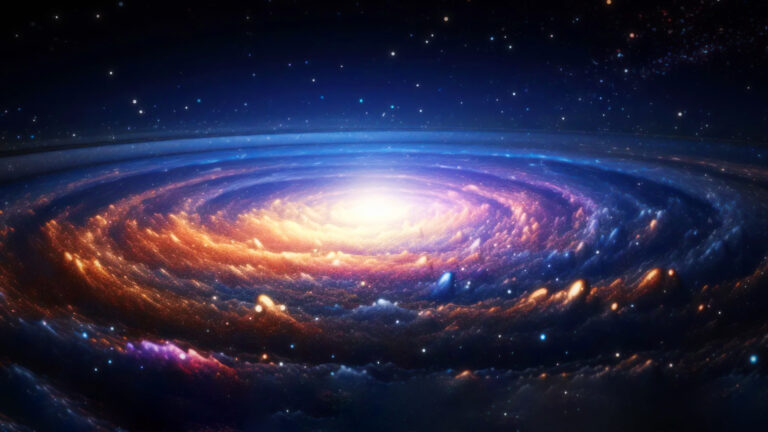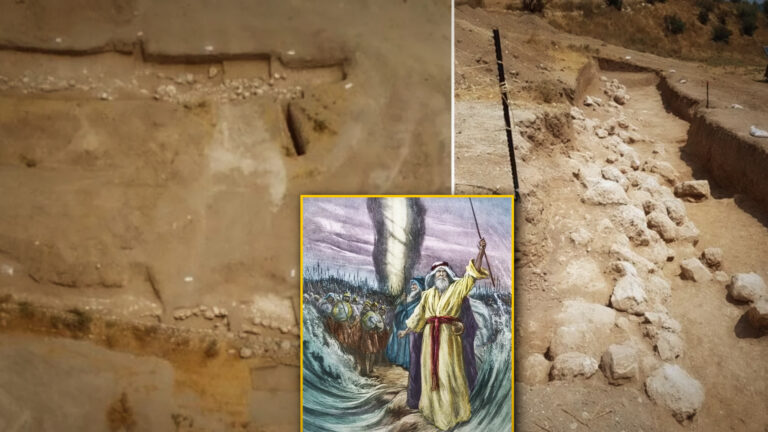NASA Probe ‘Touches the Sun’ and Captures Eerie Solar Sounds
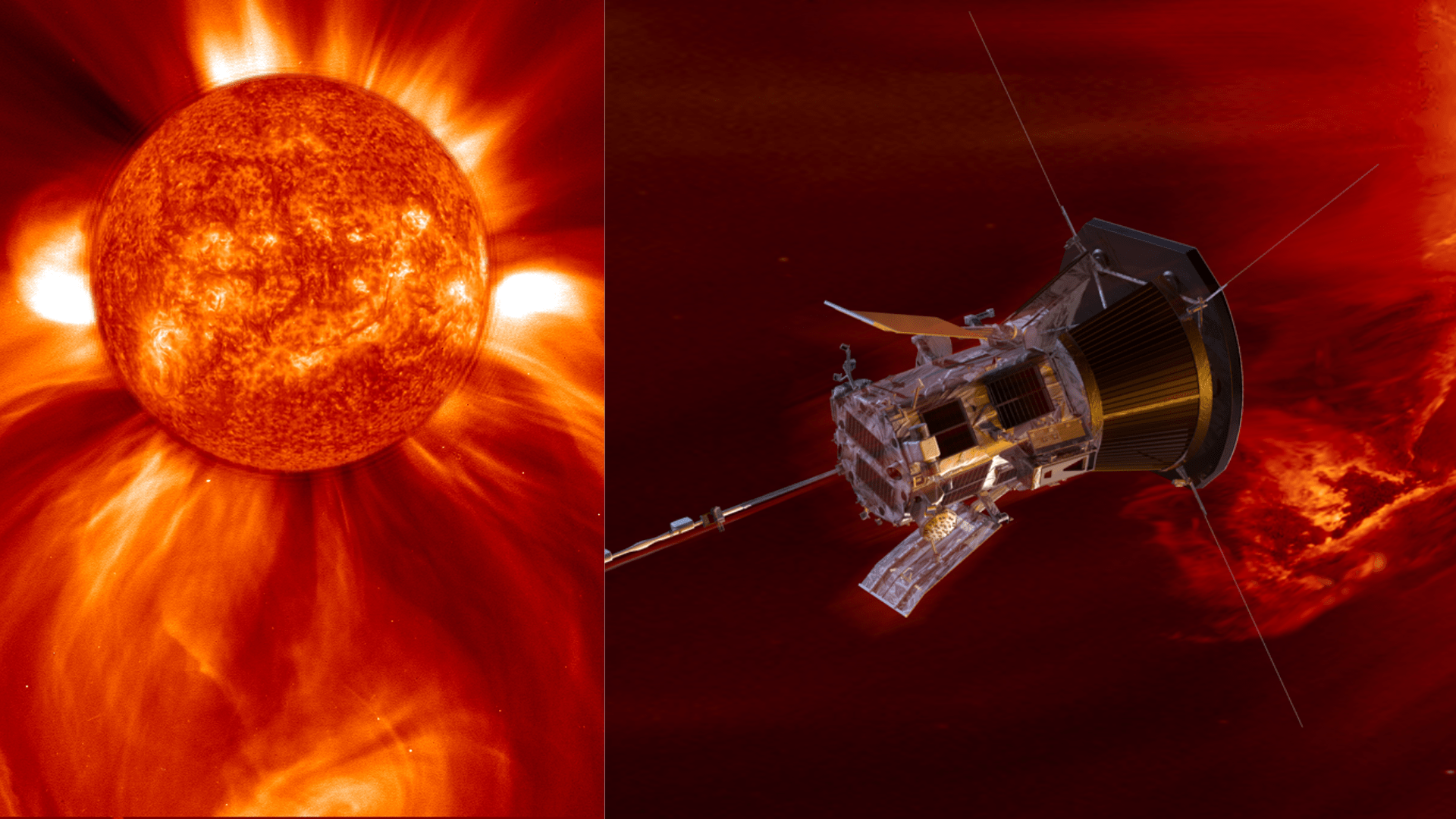
In a groundbreaking achievement, NASA’s Parker Solar Probe has made history by “touching the Sun.” This daring mission, launched in 2018, has brought scientists closer to understanding the Sun than ever before. The probe recently captured something unexpected: the sound of solar flares blasting through space, which has sent chills down many listeners’ spines.
The Parker Solar Probe: A Stellar Journey
The Parker Solar Probe was launched with one major goal: to study the Sun’s outer corona, the outermost layer of its atmosphere. To help the probe reach this fiery destination, NASA used Venus’ gravity to assist with its journey. Over time, the probe has performed multiple flybys of the Sun, but its closest approach came on Christmas Eve of 2024, when it passed through the outer corona. NASA even called this moment “touching the Sun.”
Though 3.8 million miles from the Sun’s surface might seem far, it’s still incredibly close given the Sun’s extreme heat. At roughly 5,600°C, the Sun’s surface is far hotter than the Parker Solar Probe can withstand. Fortunately, the spacecraft is equipped with a heat-resistant carbon foam shield, capable of withstanding temperatures up to 1,425°C.
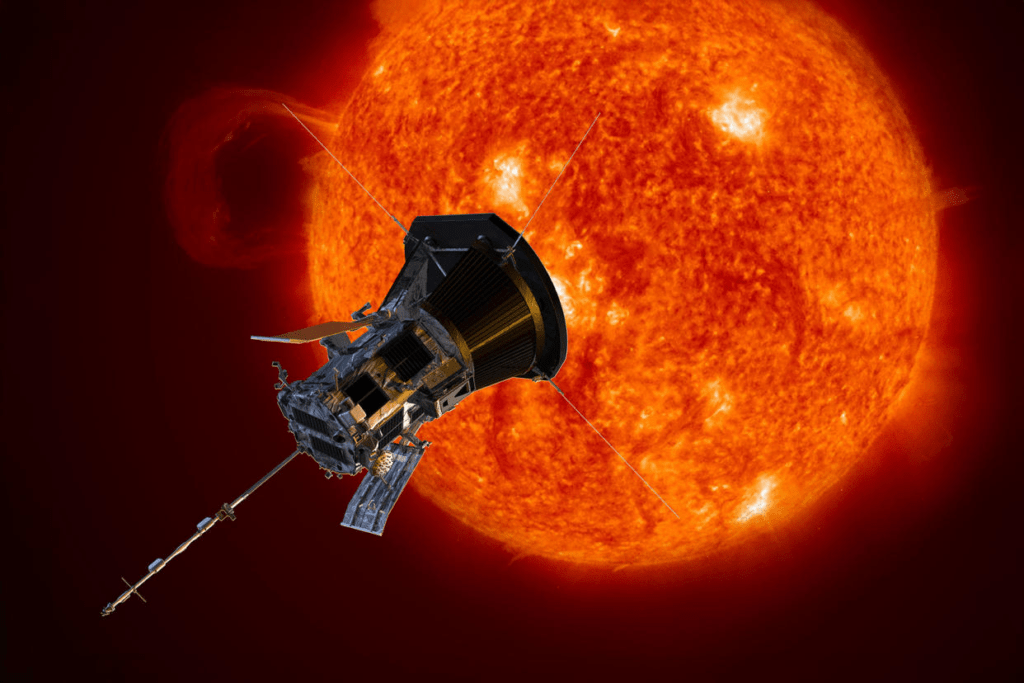
The Fastest Human-Made Object
During its close flyby, the Parker Solar Probe reached a speed of 430,000 miles per hour, making it the fastest human-made object ever. This breakneck pace helps it gather essential data from the Sun’s volatile environment.
Nicky Fox, who leads NASA’s Science Mission Directorate, called this moment “historic” and stressed its importance for understanding the Sun’s impact on Earth. By studying the Sun up close, scientists can learn how solar winds affect our technology and gain insights into stars across the universe—helping in the search for habitable planets.
As the NASA Parker Solar Probe continues its journey, the data it collects will deepen our understanding of the Sun’s behavior and its effects on the entire solar system. By unlocking the mysteries of the solar wind and the Sun’s hot corona, scientists hope to better predict space weather events, which can impact everything from satellite communications to power grids on Earth. This mission not of NASA only pushes the boundaries of human exploration but also opens new doors to understanding the very forces that shape our existence in the cosmos. The Sun is no longer a distant mystery—it’s now within reach.
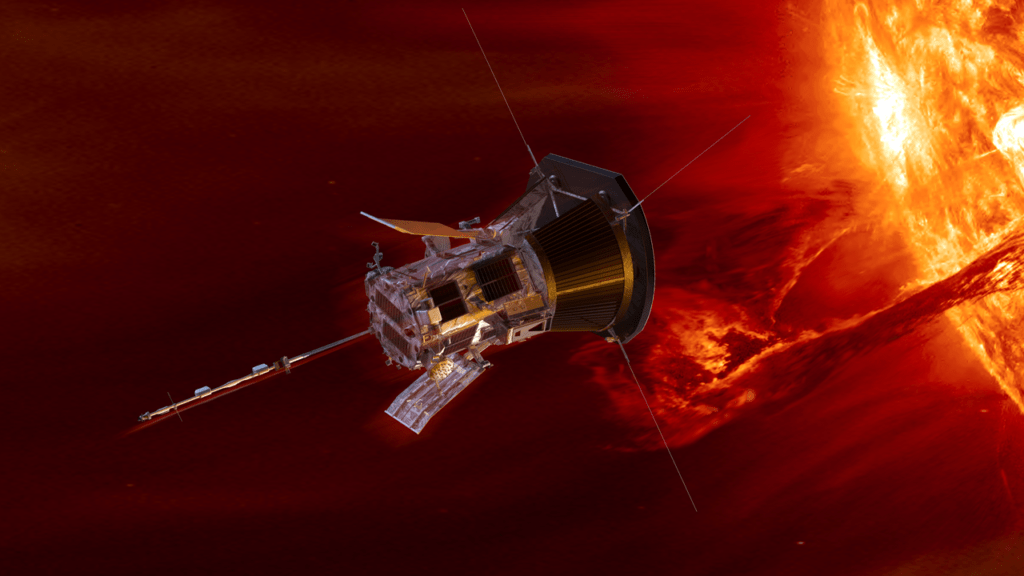
Capturing the Sound of Solar Winds
One of the most fascinating aspects of the Parker Solar Probe’s mission is its ability to capture the sound of solar winds. As the spacecraft flew through the Sun’s corona, it recorded high-pitched, eerie noises—described by many as “chilling” and “creepy.” On social media, reactions were swift, with one Reddit user commenting, “Damn, that sound is chilling,” and another on Instagram saying, “Sounds like what I always envisioned the sounds and screams coming from Hell.”
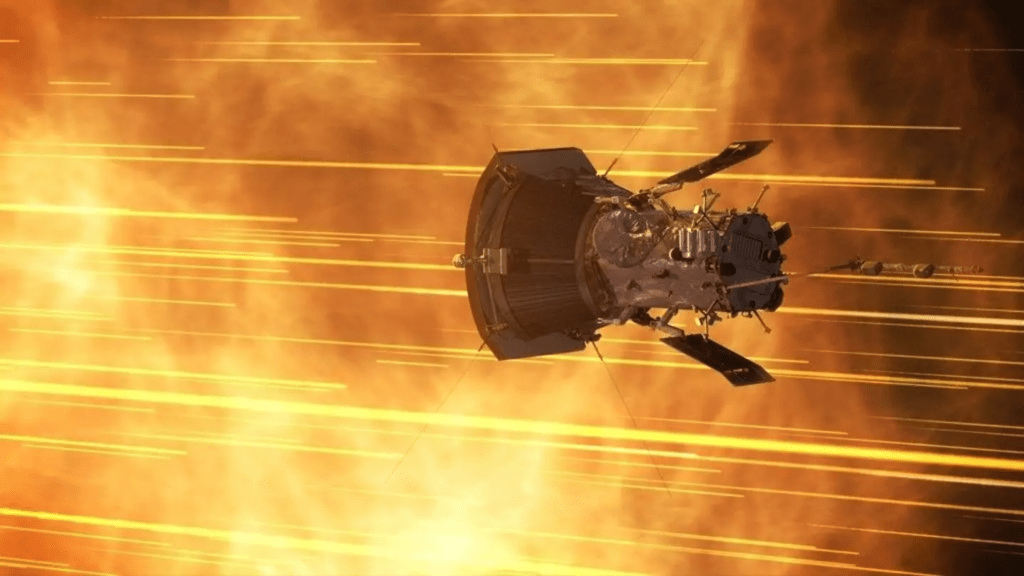
While space is known for being silent, the sound captured by the NASA probe is the result of solar wind—fast-moving particles ejected from the Sun. These particles create vibrations as they travel through space, which, when processed by the probe, can be translated into sound. However, once the solar wind leaves the Sun’s atmosphere, it is silent in the vacuum of space.
What’s Next for the Parker Solar Probe?
The Parker Solar Probe will continue its mission, with its next close flybys scheduled for March 22 and June 19, 2025. These upcoming passes will allow scientists to gather more data on the Sun’s outer layers and the mysterious solar winds.
This incredible mission is helping humanity unravel the secrets of our star and gain a deeper understanding of the solar system. And who knows—this might just be the beginning of more mind-blowing discoveries about our Sun and beyond!


